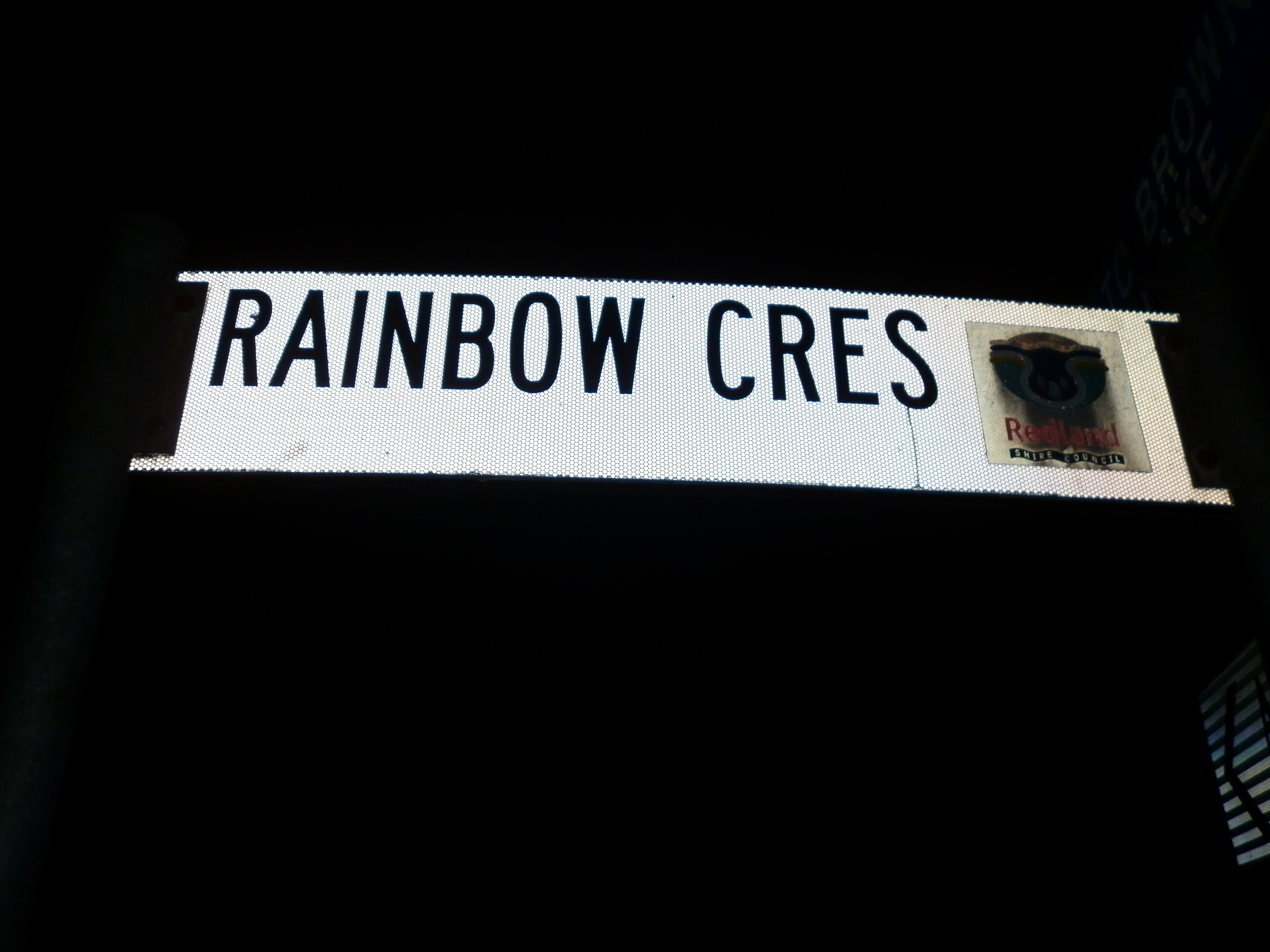HMS Rainbow was a ship of war

“His Excellency, the Governor, has been pleased to direct that the island forming the Southern Boundary of the Eastern Channel into Moreton Bay shall be designated the Isle of STRADBROKE in complement to the Honourable Captain H.J. ROUS, commanding His Majesty’s ship RAINBOW, the first ship of war which entered Moreton Bay.” [Gov’t Order No.27, 16 July 1827]

Maps are the subject of this map. RAINBOW did its survey work in 1827. GUY’s 1948 survey of Dunwich appeared shortly after the Institution closed.
The Rainbow brought Governor Ralph Darling to Quandamooka for a quick visit. Darling had replaced Thomas Brisbane as Governor of New South Wales. Darling’s prior posting was military governor of Mauritius. The imminent capture of Mauritius from the French had led to the release of Matthew Flinders, enabling Flinders to return to England to publish his charts of ‘Australia’.
Darling’s supposed ‘first ship of war’ to enter the east of Quandamooka was named after a symbol of peace, of pride, of science, of diversity, a symbol of creation. The rainbow is many things to many people. But was it the ‘first ship of war’ to enter the bay? What about Amity, which arrived with Oxley and the invading detachment of troops of the 40th Regiment, who landed in 1824?
This ship of war, named after a symbol of peace, engaged in survey work in Quandamooka. My maps highlight that a survey in Australia has both military and civilian meaning. The humble street map is a civilian tool. It is also a war memorial. The street map details key processes and stakeholders in the dispossession of the Traditional Owners as well as remembering other wars.
I have used a 1943 pamphlet from the War Office, called ‘Hints on Map Reading Instruction’ to shape the following framework to perceive the street map as a memorial. It says
“The instructor should, before starting, get firmly into his mind what, for all practical purposes, the soldier requires to know”:-
| WORLD WAR 2 TRAINING NOTES | EXHIBITION GUIDE | |
|
A map is… |
A map is a plan or birds eye view of a piece of country… (The soldier) must understand the signs and symbols used to convey information on the map. | Readers of Australian maps are looking at a snapshot. This snapshot spans a handful of generations of human life in a land that has been inhabited for thousands of generations. |
|
Map references | (The soldier) must be able to indicate positions on the map to others by means of map references, and to find positions on the map indicated to him by map references.
| Street and place names are the references on Australian maps, used in day-to-day conversation. They are our vocabulary.
|
|
Time | (The soldier) must be able, by a glance at the map, to estimate the distance (approximately) on the ground between two points… He must accustom himself to estimate how long it will take to reach any given point on a route, moving at a given speed.
|
A quick glance at a map can locate a piece of land within a particular timeframe, based on the street names.
|
|
Relationships | (The soldier) must be able to pick out from the map the high and the low ground, recognize the commonest ground formations, and be able to solve simple questions of the visibility of points from each other. | Readers of Australian maps can identify meaningful relationships between place names. (It’s unlikely that there will be many degrees of separation.) |
|
Direction | in case he should ever be without a map, (The soldier) must have an elementary knowledge of the (apparent) daily movement of the sun so that if he knows the time he can estimate the sun’s approximate direction, and from this work out the direction he wishes to take. Similarly he should be able to pick out the pole star at night, and be able to work out from this the direction he wishes to take. | The chronology of the map helps us to understand where we have come from, and some of the significant decisions that brought us to this point. It challenges us to identify whether or not our decision-making has changed in the interim.
|






